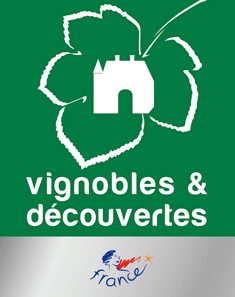Our Spa hotel near Amboise invites you to discover all the treasures of this beautiful city. Often cited for its two main monuments, the royal castle and the Clos Lucé, Amboise has many other remarkable buildings. As you stroll through the peaceful streets of this charming town, you will be able to appreciate the beautiful timber-framed houses, the Clock Tower, built on an old city gate, and the Saint-Florentin church. The latter was built at the request of Louis XI to provide the parishioners with a church other than the one in the castle, for fear of disease.
You can also admire one of the rare works created by Max Ernst on the Quai du Mail: the Fountain of the Great Genius.
Then, just a few minutes from the historic centre, you can visit the grounds of the former Château de Chanteloup. Although the castle was completely demolished in the 19th century, its park still has a surprising monument: the Pagoda of Chanteloup. Built between 1775 and 1778 for the Duke of Choiseul, it is 44 m high and has the particularity of being a Chinese-inspired building decorated in pure Louis XVI style!
The birthplace and place of education of royal children in the 15th and 16th centuries, the Château d'Amboise owes much of its fame to Charles VIII, who transformed the ancient medieval fortress into a superb Gothic palace. During your visit, you will be able to admire the two large towers that he had built so that the carriages could access the terraces, 40 m higher. You can also enjoy the gardens which overlook the Loire and offer one of the most beautiful views in the Loire Valley.
The last home of Leonardo da Vinci, the Clos Lucé is a manor house of pink brick and white stone that has remained virtually unchanged since the Renaissance. Today, it presents the world of the creator of the Mona Lisa: models and 3D animations of his inventions, giant machines, reproductions of his paintings or drawings, etc. The interior visit allows visitors to see the artist's bedroom, his study and the large Renaissance room where he received guests.

Hotel Restaurant SPA
l'aubinière